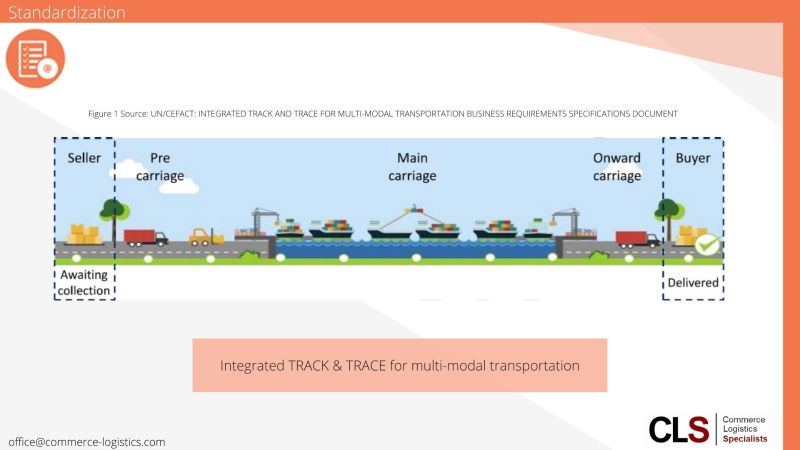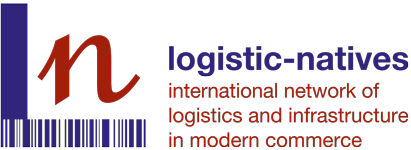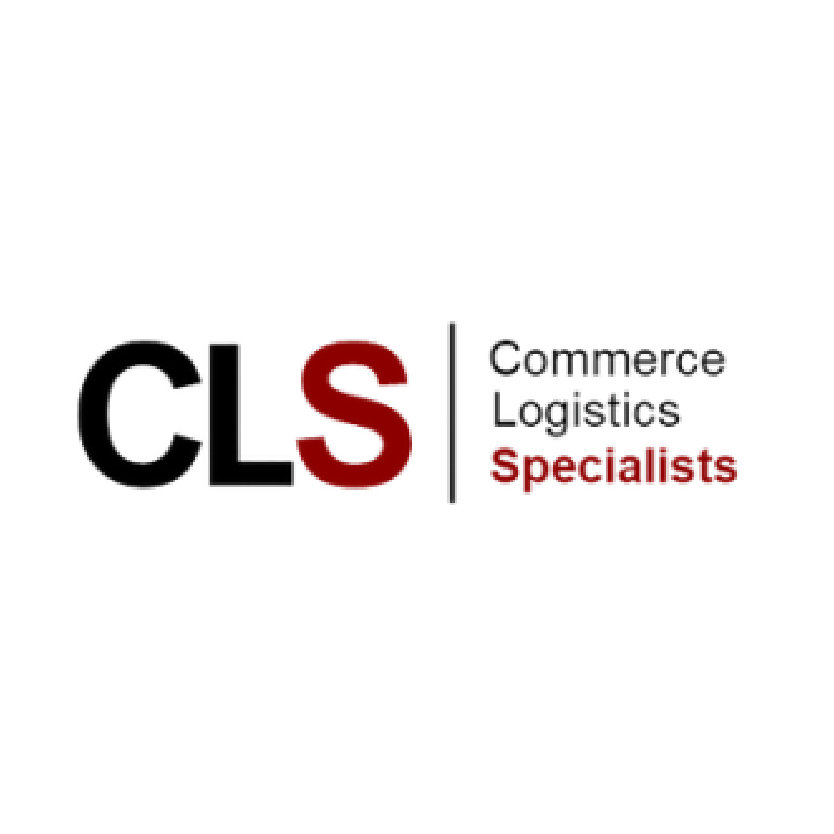𝗜𝗻𝘁𝗲𝗴𝗿𝗮𝘁𝗲𝗱 𝗧𝗥𝗔𝗖𝗞 & 𝗧𝗥𝗔𝗖𝗘 𝗳𝗼𝗿 𝗺𝘂𝗹𝘁𝗶-𝗺𝗼𝗱𝗮𝗹 𝘁𝗿𝗮𝗻𝘀𝗽𝗼𝗿𝘁𝗮𝘁𝗶𝗼𝗻

In response to the growth of #B2C supplies, the switch from #B2B to B2C, and constant #challenges in #trade and transport #supply chains, UN/CEFACT, #ISO, UPU and #CEN experts are currently working to bring together the worlds of #trade and transport by means of a consistent set of trade and #transport identifiers.
Track & trace systems are becoming increasingly important as mandatory #data is linked to defined status events along the supply chain of any #shipment (trade-related goods) or #consignment (transport term associated with a transport service contract).
While CEN is studying the #harmonization and #technology used for Track & Trace events for postal items by all postal operators in #Europe, the UPU is discussing and evaluating the possibility of introducing new events, in addition to the mandatory tracking events for postal items within the #UPU #network (for designated operators only).
Recent #UN/CEFACT investigations (document under public review: “Integrated track and trace for multi-modal transportation business requirements specification document”), which analyzed and correlated the #data elements, context and identifiers from transport documents of the primary modes of transport, show that all the data elements required for #supplychain track and trace are already present in the UN/CEFACT Core Component Library located in the Supply Chain Reference Data Model (SCRDM) and Multi-modal Transport Data Reference Data Model (MMTRDM) subsets.
Consequently, it would be possible to eliminate the current disconnect between #trade and transport using the UN/CEFACT Supply Chain Reference Data Model (SCRDM) and the UN/CEFACT Multi-Modal Transport Reference Data Model (MMTRDM), in combination with #digitalization methods and consistently applied, #standardized identification schemes belonging to other recognized #standards #organizations and which are currently in use within and across supply chains.
𝗨𝗡/𝗖𝗘𝗙𝗔𝗖𝗧 𝗰𝗮𝗻 𝗯𝗲 𝘂𝘀𝗲𝗱 𝘁𝗼 𝗰𝗹𝗼𝘀𝗲 𝘁𝗵𝗲 𝗱𝗶𝘀𝗰𝗼𝗻𝗻𝗲𝗰𝘁 𝗯𝗲𝘁𝘄𝗲𝗲𝗻 𝗧𝗥𝗔𝗗𝗘 𝗮𝗻𝗱 𝗧𝗥𝗔𝗡𝗦𝗣𝗢𝗥𝗧 𝗱𝗮𝘁𝗮
Extending the #postalsupply chain to include #B2B2C does not require additional data #identifiers for the multi-modal #track and trace of #shipments transported from seller to #buyer.
Where they are unique, identifiers for #goods, their #packaging or #container, or means of transport, will support multi-modal #tracking and tracking.
Existing #technologies can be used to link the different identifiers.
The model supports #track and trace using existing technologies by applying the most relevant waypoints for the transport journey (as agreed among #stakeholders).
Standardized #exchange processes can be used, removing the need to create new class diagrams or new message structures.
Click here for the LinkedIn-Article.

Walter Trezek
Document Exchange Network GmbH

